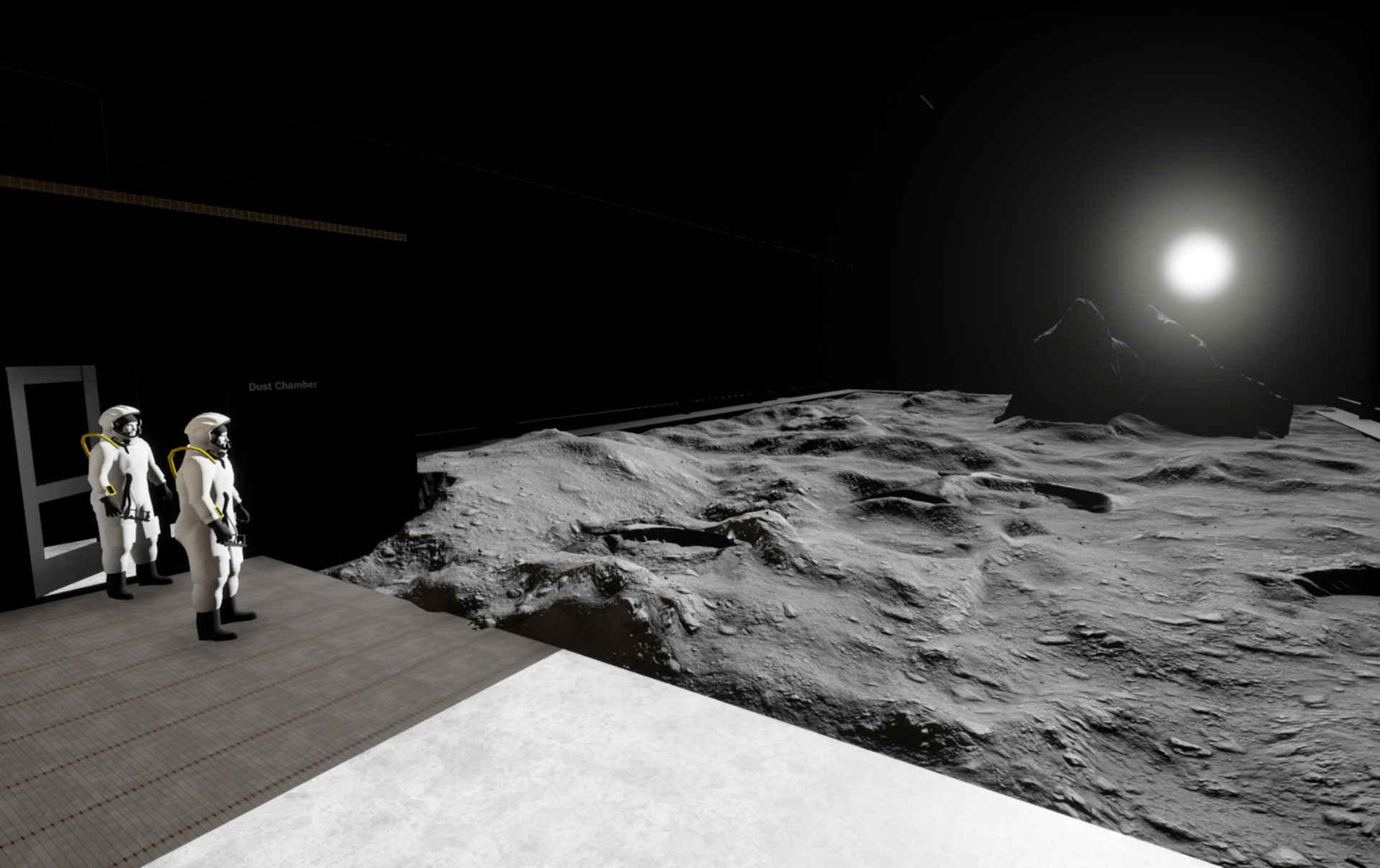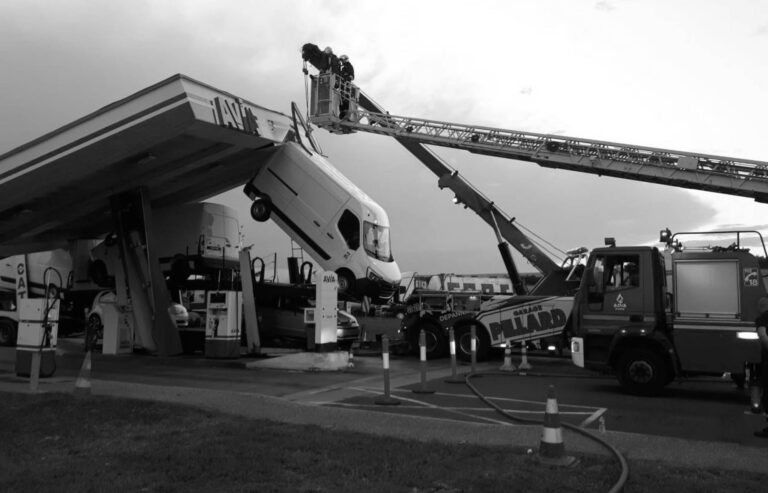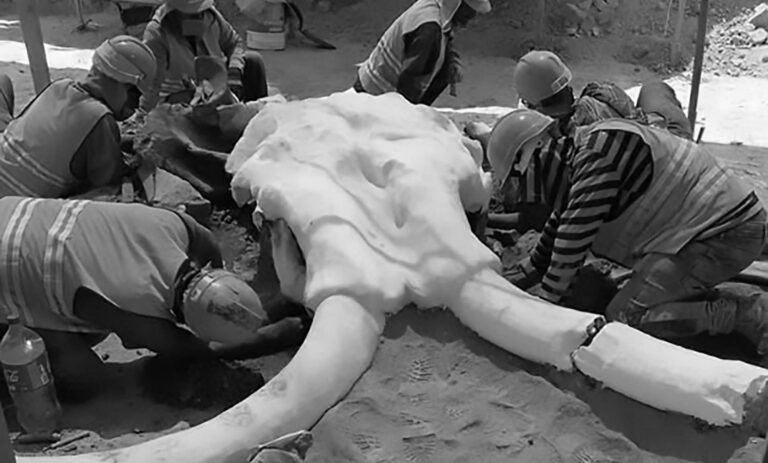The European Space Agency is building a brand-new lunar centre in Germany to train astronauts it plans to deploy on missions to the Moon.
Construction of the new test and training facility, named LUNA, is set to take place within the next few months at the premises of the German Aerospace Centre (DLR), which is located in the city of Cologne, in the western German state of North Rhine-Westphalia (NRW).
The preliminary decision to start the construction was made by North Rhine-Westphalia’s Minister of Economic Affairs, Innovation, Digitalisation and Energy, Dr Andreas Pinkwart, who approved a grant of up to EUR 25 million (GBP 21 million) for the initiation of the project on 16th March.
LUNA is expected to make an important contribution to the preparation process of astronauts before they embark on missions into space over the coming decades.
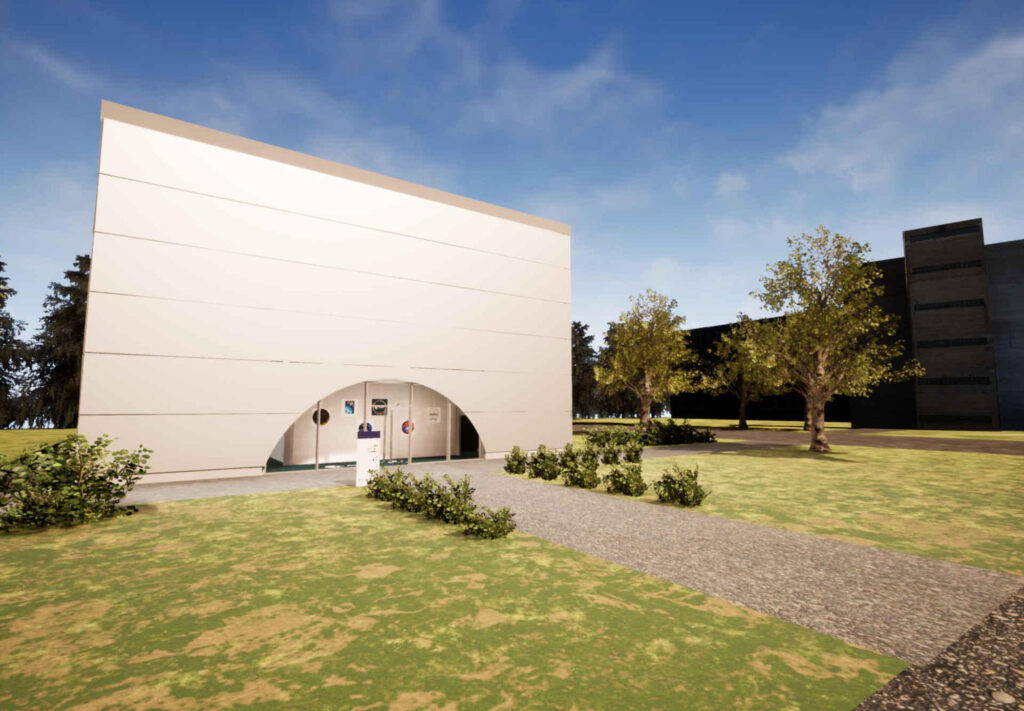
(DRL/Newsflash)
The DLR reported that the floor of the 700-square-metre hall, which is nine metres tall, will be covered in regolith, which is a heterogenous superficial deposit consisting of dust, broken rocks, and other related materials present on Earth, the Moon, Mars, some asteroids, and other terrestrial planets and moons.
In addition to lunar-like craters and a suspension system that will reduce the astronauts’ weight to a sixth of what it would normally be on Earth, the facility will be equipped with apparatus to realistically simulate the particular conditions present on the Moon’s surface.
The idea behind the training centre, according to the DRL, is to aid research and technology development and enable astronauts and support teams to train as realistically as possible for their future missions on Earth’s only natural satellite.
Pinkwart said in a statement obtained by Newsflash: “North Rhine-Westphalia is highly innovative: LUNA makes an important contribution to future space missions and strengthens the innovation and research location of North Rhine-Westphalia by networking many players.”
He added: “Astronauts, university and non-university scientists, industry, SMEs and start-ups will test, validate and apply new ideas, processes and technologies here. Through their cooperation, innovations can be made possible and implemented much faster. This converts creative potential into technologies that benefit us all.”
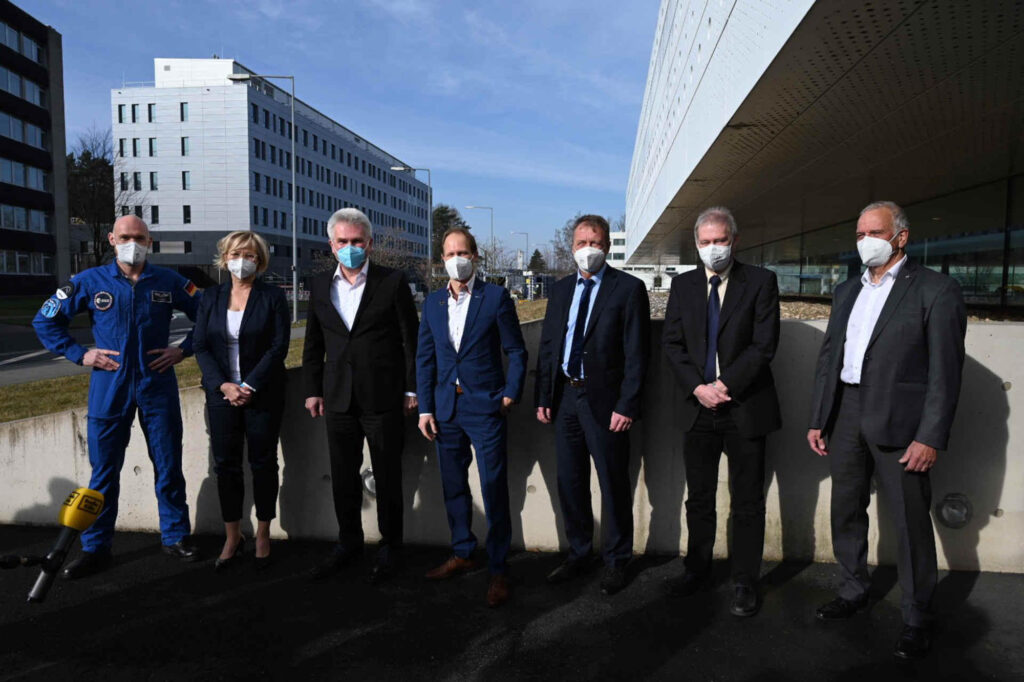
(DRL/Newsflash)
Additionally, DLR board member Klaus Hamacher emphasised other possibilities for the project, saying: “LUNA can also be used as a test environment for new, robust and compact energy systems that are designed for the lunar conditions with their long night phases and require a self-sufficient energy supply with the corresponding storage. The gained experience can also flow into energy transition technologies.”
DLR Divisional Board Member for Space Anke Pagels-Kerp explained: “DLR’s lunar research is motivated on the one hand by fascination and scientific curiosity, but also by the need to find innovative solutions to our terrestrial challenges. Here we bring in a multifaceted research portfolio that ranges from human physiology to materials research and is supported by the use of artificial intelligence.”
To find out more about the author, editor or agency that supplied this story – please click below.
Story By: Georgina Jadikovska, Sub-Editor: William McGee, Agency: Newsflash
The Ananova page is created by and dedicated to professional, independent freelance journalists. It is a place for us to showcase our work. When our news is sold to our media partners, we will include the link here.

